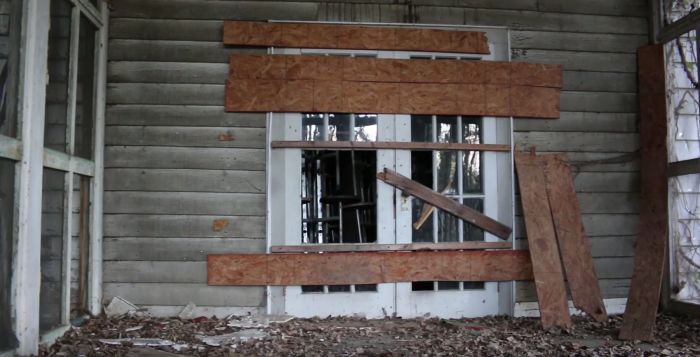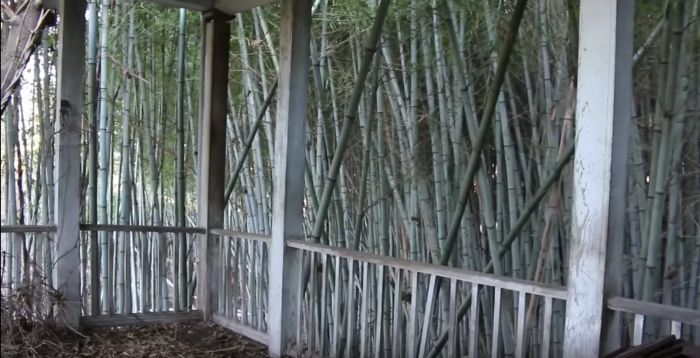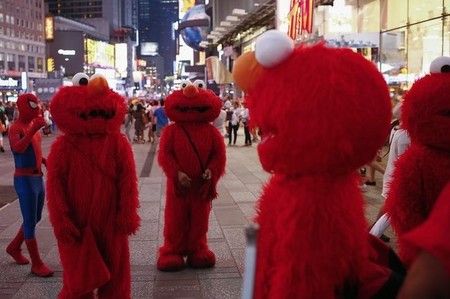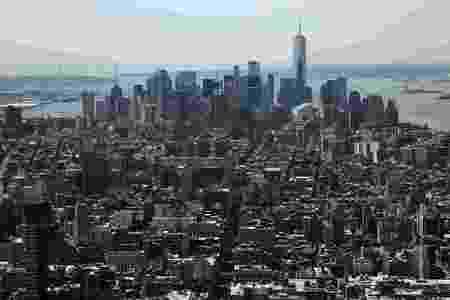Bamboo Takes Treehouse Literally, Moves Into Virginia Plantation

A long abandoned plantation in Virginia has a new resident. That is if you count residents of the grass variety. The forest is moving in, essentially swallowing the old building whole – a YouTuber named Brian Sterowski recently filmed a video showing the former home as it’s overtaken by bamboo.
Call it Boo Radley’s house. Call it a sequel to the Blair Witch Project. Call it whatever you want, but there’s no denying a home covered in the giant grass is like the stationary version of a windowless van. In other words, enter at your own risk.
Though some people may believe that paranormal factors are at play, given the spookiness emanating from the abode, it’s much more likely that the forest is simply growing at its normal rate: the plantation just happens to be in the way.
In fact, bamboo species are among the fastest-growing plants in the world. This is because of their rhizome-dependent system, a system that allows parts of the plant to spud other plants. To say that bamboo grows like weeds doesn’t do its spurts justice: some species have been known to grow three feet within a period of only twenty-four hours and it often reaches full maturity in just five years. The largest species can grow to nearly 1300 feet in height.
Its fast rate of growth may seem like a major pain in the neck (or, in this case, a pain in the nook), but bamboo is essential to certain economies, particularly in areas of Southeast Asia and East Asia. Here, it’s used as food (often in salad or soup), but the cook has to be careful: young bamboo must be cooked at certain temperatures in order to remove the toxins.
Building materials are also made of bamboo. This is because of its solidity: it’s rumored to rival steel, with higher strength than wood, cement, or brick. Some cultures, those ancient and present, use it as folk medicine, accelerating the healing of wounds.
Bamboo, like many of its cousins, is beneficial to the environment. But, it one-ups its family tree by releasing around thirty percent more oxygen when compared to other plants. It also absorbs more carbon dioxide. Both these traits allow it to clean the air by decreasing the amount of greenhouse gasses left in the atmosphere.
It is also a plant that thrives without the use of fertilizer; instead, the leaves the bamboo discards provide the nutrients needed for maximum function and growth. And, it’s important to the diet of many animals. Pandas commonly consume it, but so do lemurs, and gorillas (among others).
Bamboo is only grown in certain areas of the world. In the United States, for instance, it’s only found in the mid-Atlantic states. This includes Virginia (as demonstrated by this article), as well as the states of Maryland, Delaware, Pennsylvania, New Jersey, New York, and North Carolina.
Despite all its uses, a house covered in bamboo is still a little unsettling and probably not where people are hoping to set roots down. At least not without a weed wacker.












